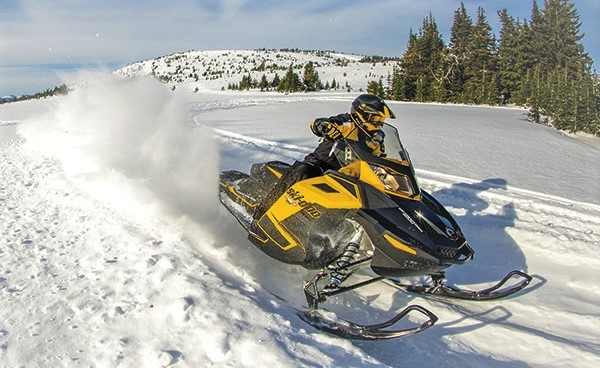Table of contents
Toggle- *The first generation:
- A more advanced position.
- *The second generation
- An improved version that retains its DNA.
- A high-performance 4-stroke!
- A version for utility models.
- *REV 3.0:
- Several notable improvements:
- Mountain Snowmobiles
- Narrower Panels.
- *The New Generation:
- A very Tapered Mountain Version.
- Conclusion
- More content on Ski-Doo here:
Apart from the invention of the snowmobile, there are several dates to consider that have marked its evolution. There is no doubt that the year 2003 was a big turning point for it. A new platform changed the game for the rest of the years to come.
*The first generation:
The introduction of the REV chassis for the 2003 model year, on certain Ski-Doo models, changed the way we ride snowmobiles and there is no denying that fact. At the time, Ski-Doo said its advanced design team tried to bring some motocross-style positioning to the snowmobile world by creating a riding position designed for action. At the same time, engineers redesigned the front suspension, creating a lightweight A-arm construction with superior travel action to absorb bumps.
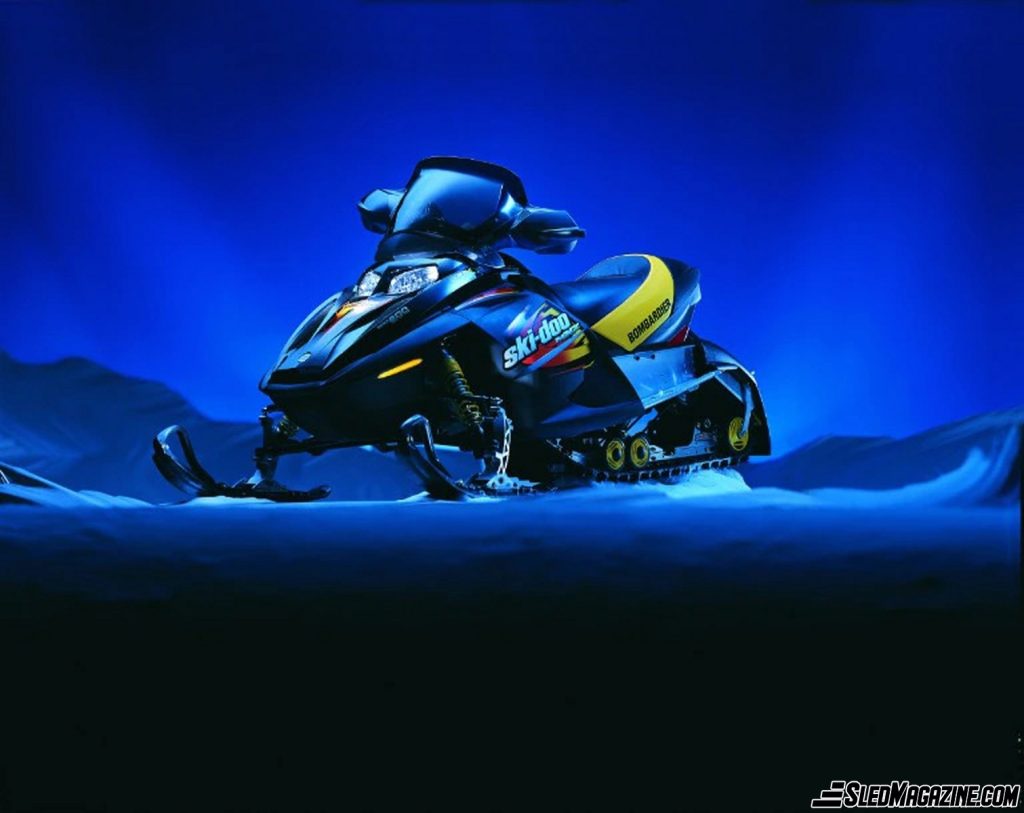
And while elements like the seat and other components were redesigned and rethought, the key to the 2003 REV was its pyramid frame. The REV frame with its various pyramid constructions offered six times the torsional rigidity of the racer-inspired ZX tunnel.
A more advanced position.
Their REV chassis allowed engineers to move the steering column to a position above the engine and more upright to accommodate a rider’s ability to stand on rough sections of the trail. The engine positioning was moved back 2.6 inches and lowered 1.25 inches from the previous year’s MXZ chassis. The idea was to centralize the mass of the snowmobile and rider around the engine axis, the functional pivot point. Ski-Doo’s REV riding position relative to the ZX platform riding position has effectively moved 12 inches forward and one inch higher.
*The second generation
In 2007 BRP introduced a new ultra-light REV-XP platform for its 2008 Ski-Doo snowmobiles, which were already the lightest on the market. The new platform resulted in a snowmobile that was 10-15% lighter (about 50 lbs/23 kg) than its predecessors, while the chassis was 37% stronger.
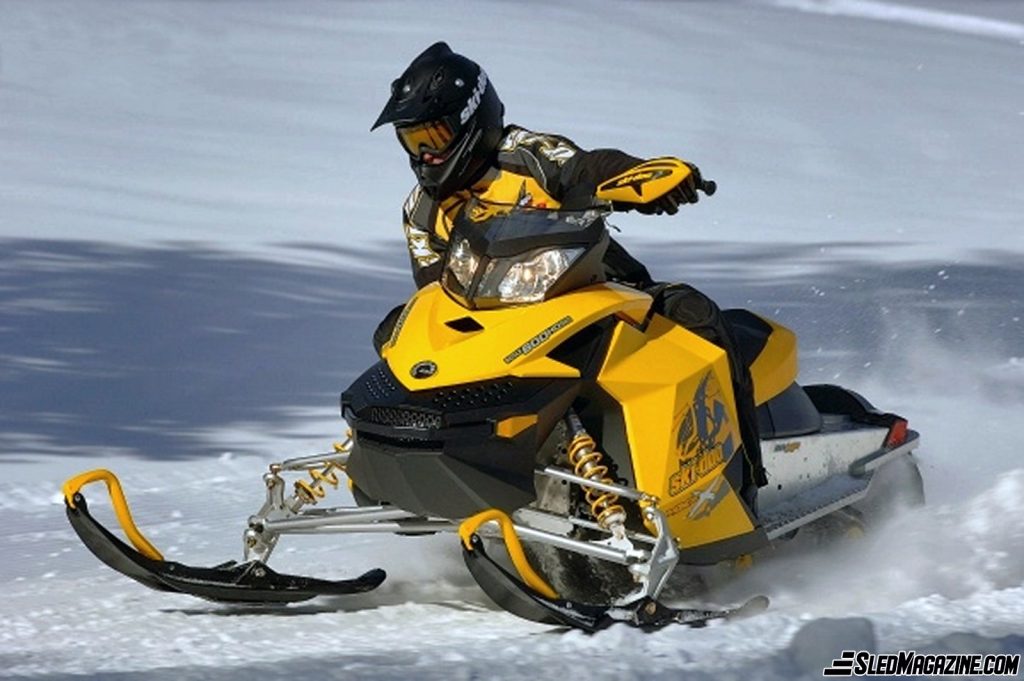
Every element of the platform has been redesigned for lighter weight without compromising durability. For comparison, the 2008 MX Z Adrenaline 600 SDI H.O. weighed only 428 pounds, compared to the 2007 model which weighed 478 pounds.
An improved version that retains its DNA.
The REV-XP platform was completely new, from the skis to the rear bumper. It retained the essential REV DNA, such as a rider-centric riding position, centralized weight, pyramid frame, and dual A-arm front suspension, but shared only the handlebar controls and Pilot skis. Everything else was new and improved.
With radical changes across the board, BRP has added tremendous flexibility to the driver-centric riding position. There is more legroom (8″/20 cm) and a slightly higher seating position (1″/2.5 cm). These changes made the snowmobiles more comfortable for longer-legged riders, and they also allowed performance-minded riders to move further forward to help with trail and mountain riding. The extra space was made possible by moving the intermediate shaft and secondary clutch above the tunnel.
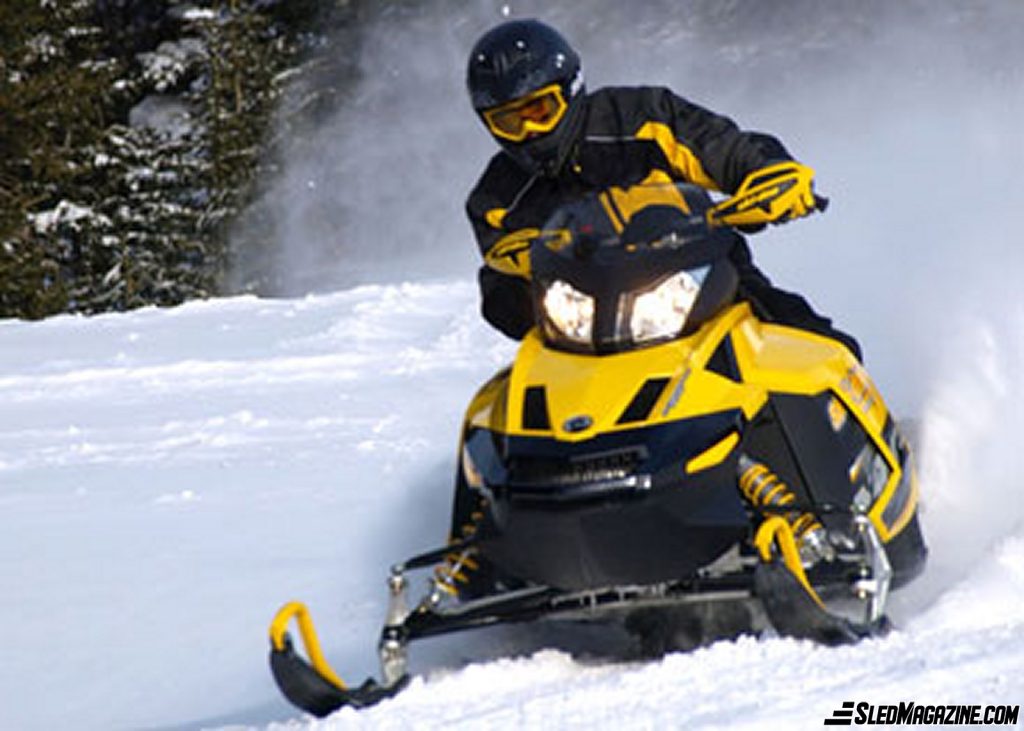
A high-performance 4-stroke!
I would be remiss if I didn’t mention the introduction of the REV-XR in 2009 for the 4-stroke 1200cc 4-TEC engine (1170cc, 3 cylinders). BRP sold an almost countless number of this model in connection with this engine, which was cleaner than the 2-stroke engines at the time. The big news here is really the all-new 1200 4-TEC engine. This was the first “performance” 4-stroke they made specifically for a snowmobile.
This platform was designed to be more muscular and able to handle the extra size and torque of this new 1200 4-TEC. The XR version is slightly larger, but aesthetically very similar with improved wind protection as well.
Many parts are actually interchangeable with the XP chassis. The most differences are in the body panels and the engine compartment. The suspensions are pretty much the same, front and rear.
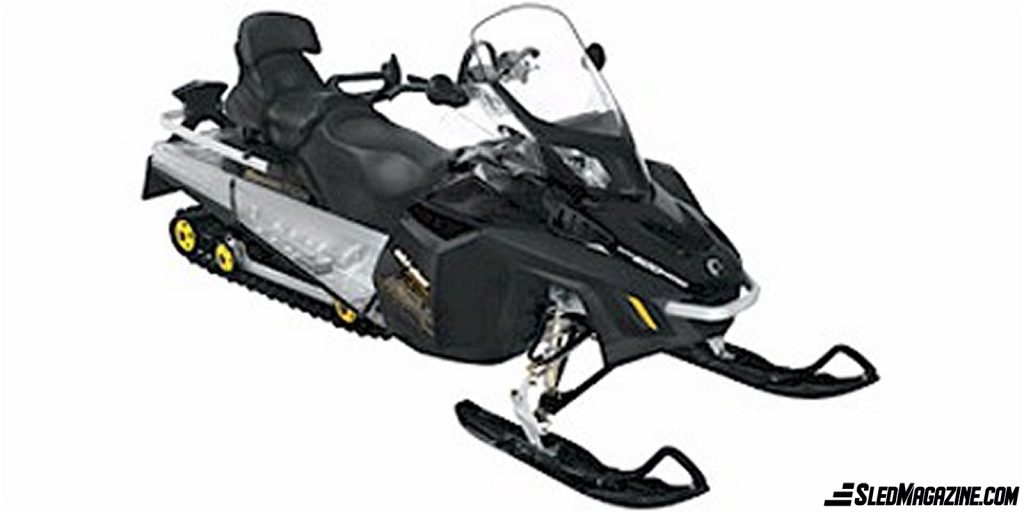
A version for utility models.
It was also in 2009 that we saw the new iteration of the REV-XP chassis. The REV-XU was a new, lighter utility variant found on their Expedition SUV models.
*REV 3.0:
The 2013 vintage saw the introduction of the third-generation REV chassis with the introduction of the REV-XS. This logical continuation of the new design came to solve several issues that were missing from the XP, such as better wind protection, easier ergonomic movement from front to back and left to right for the driver and limited on-board storage capacity.

Its aesthetics were unmistakably renewed. The smoother, more rounded body panels look great and give the new REV-XS chassis a decidedly modern look while maintaining an extremely light overall weight.
Several notable improvements:
A new headlight design, the nose of the snowmobile has been redesigned and somebody vents are some of the improvements that marked this new generation. Another nice innovation was the heated storage compartment (glove box) above the gauges between the windshield, heated by ambient heat radiated from the engine compartment. Other features of the XS are an LED tail light, and a new snow guard and the running boards have a much stiffer extruded aluminum edge than before. However, it should be noted that there have been no changes to the front geometry or suspension compared to the REV-XP chassis.
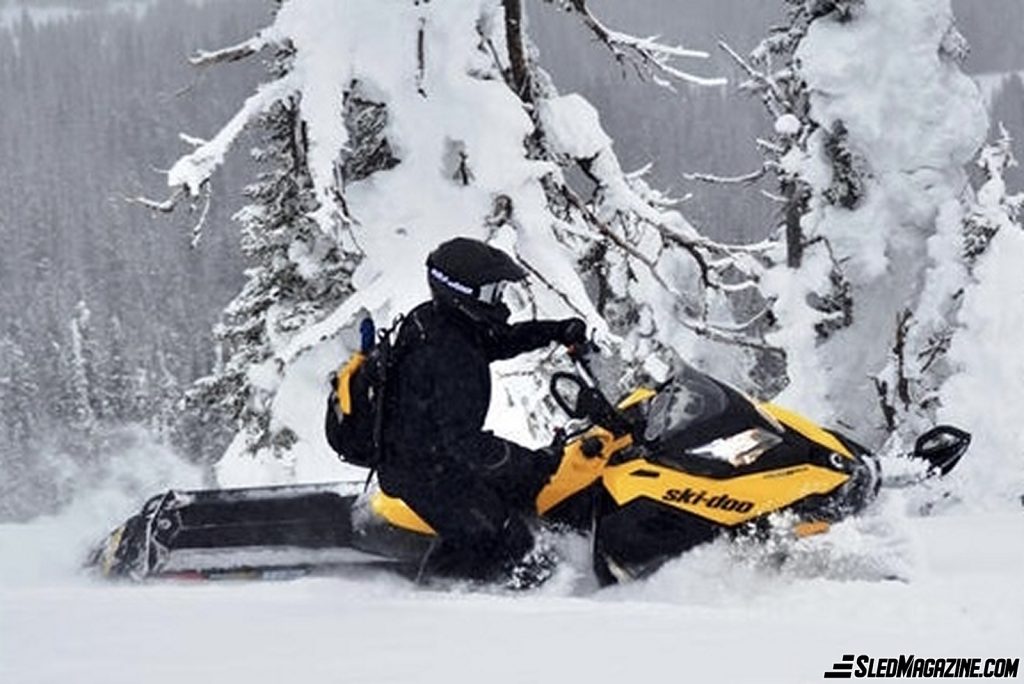
Mountain Snowmobiles
On the mountain snowmobile side, the REV-XM platform replaces the REV-XP (except for the Summit Sport), it’s a rigid chassis for mountain riding, the “stiffer” and lighter the better.
In addition, the REV-XM’s running boards did not flex when stepped on by an aggressive rider as they moved from one board to the other. They had large, spacious snow dump holes that prevented ice and snow build-up.
*The Fourth Generation:
In 2017, Ski-Doo introduced its 4th generation REV platform, once again taking snowmobile performance to new heights. The primary principle of this innovation was to develop the snowmobile platform and engine together.
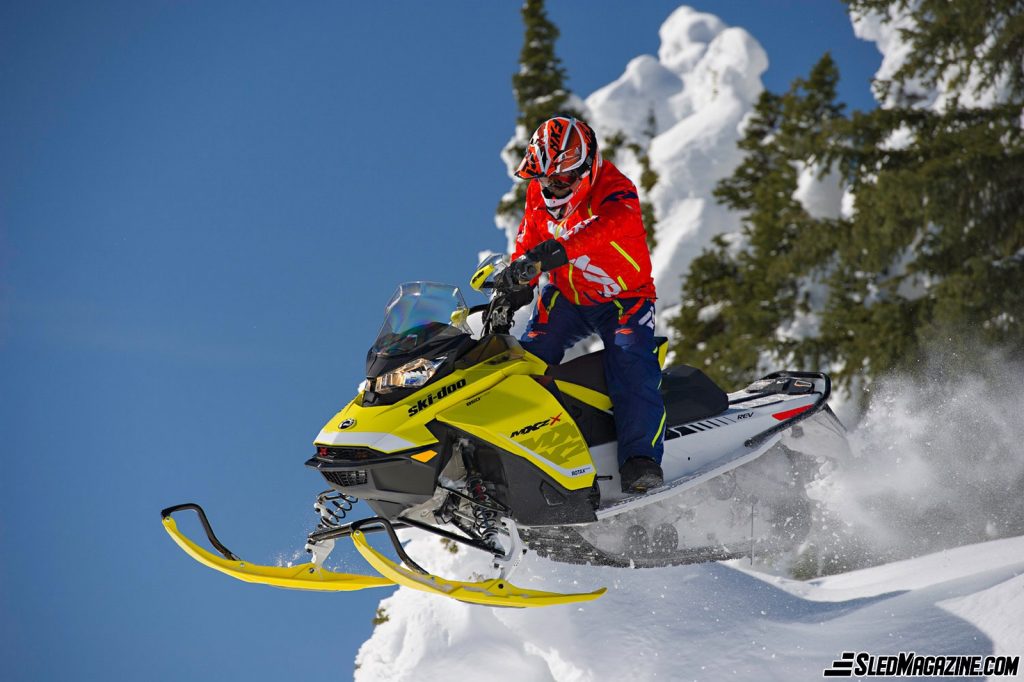
The team created a narrow Rotax 850 E-TEC engine block and centred it laterally in the chassis. This centralized the masses in dramatic ways for more responsive handling and allowed for radically narrow ergonomics to allow for rider agility.
Therefore, the same effort is required to turn left as to turn right. In fact, the weight distribution from side to side is 50/50. The design team focused intensely on allowing riders to do more, but also to ride the snowmobile in different ways. There’s a lot more room to move with the narrow design, both side to side and front to back. When you combine the ultra-responsive, mass-centric platform with so much room to move, riders can easily find the riding style that suits them.
Narrower Panels.
The front geometry has been modified, adding an extra inch of travel. The side panels are narrowed by about 2 inches on each side, they have a unique profile that Ski-Doo calls “Ergo Step” and the nose of the snowmobile is significantly shorter.
In this new iteration, the rider is moved forward another 4 inches on the REV Gen 4 platform. This is accomplished through the narrowed and centred engine, allowing the rider to put his knees well forward.
The battery is now located at the back of the seat. rMotion suspension returned with minor adjustments. Rider’s feet are now fully exposed, which allows for more amplified movement during turns.
*The New Generation:
During the presentation of the 2023 snowmobiles, Ski-Doo honoured us by introducing the 5th generation of its REV chassis. During its first year of introduction, it was only available in correlation with the 2-stroke 850 E-Tec engine on certain models for both mountain and trail snowmobiles.
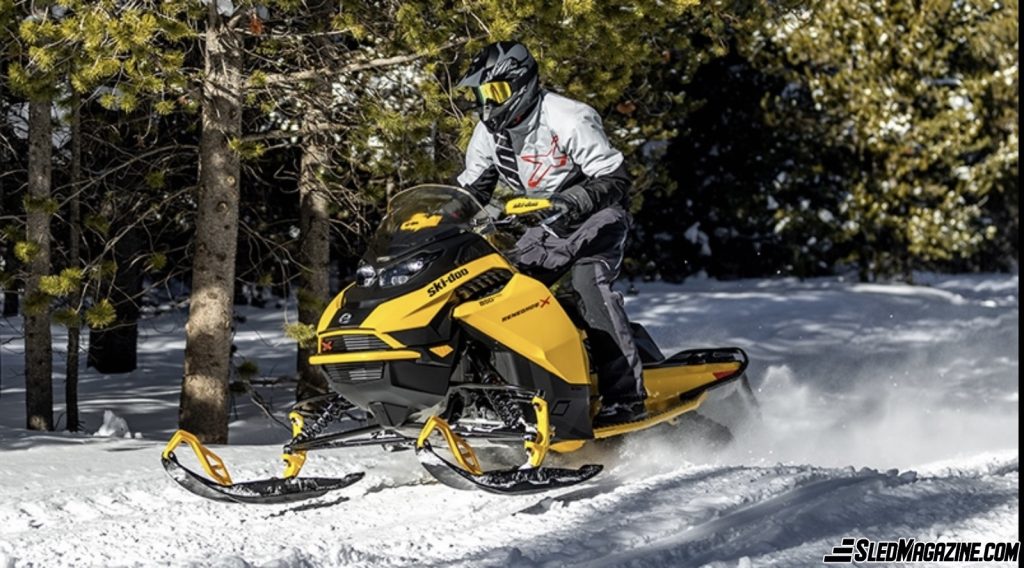
It all starts with narrower body panels that fit more closely to the inner workings under the hood. On trail snowmobiles, the most notable attribute is a more aerodynamic look, a somewhat beaky front end and dynamic LED headlights that are considerably brighter than the headlights they replace.
Other features shared between the trail and mountain machines include new switches, an engine supported by four mounts instead of three for less vibration and the option of a new super high-tech digital dial that can be ordered in the spring.
A very Tapered Mountain Version.
The REV Gen 5 chassis offers more features for mountain snowmobiles. Ski-Doo has narrowed things down even further, shaving 3 inches off the total width between the body panels while narrowing the running boards by a similar amount. These running boards feature a much more open design, especially in the front, to let more snow slide through the holes.
In addition, the REV Gen5 mountain snowmobile body parts have many interesting features, including a clutch guard built into the side panel, a smaller side panel door that allows access to the oil tank, and an air intake that moves up the windshield.
Conclusion
In conclusion, there is no doubt that Ski-Doo has made great strides in the snowmobile industry with its innovations. This is only a brief summary and outline of the last 20 years at this manufacturer. Even if we think they have reached the top, they still surprise us year after year. We must admit that the future is bright for our Valcourt manufacturer!

